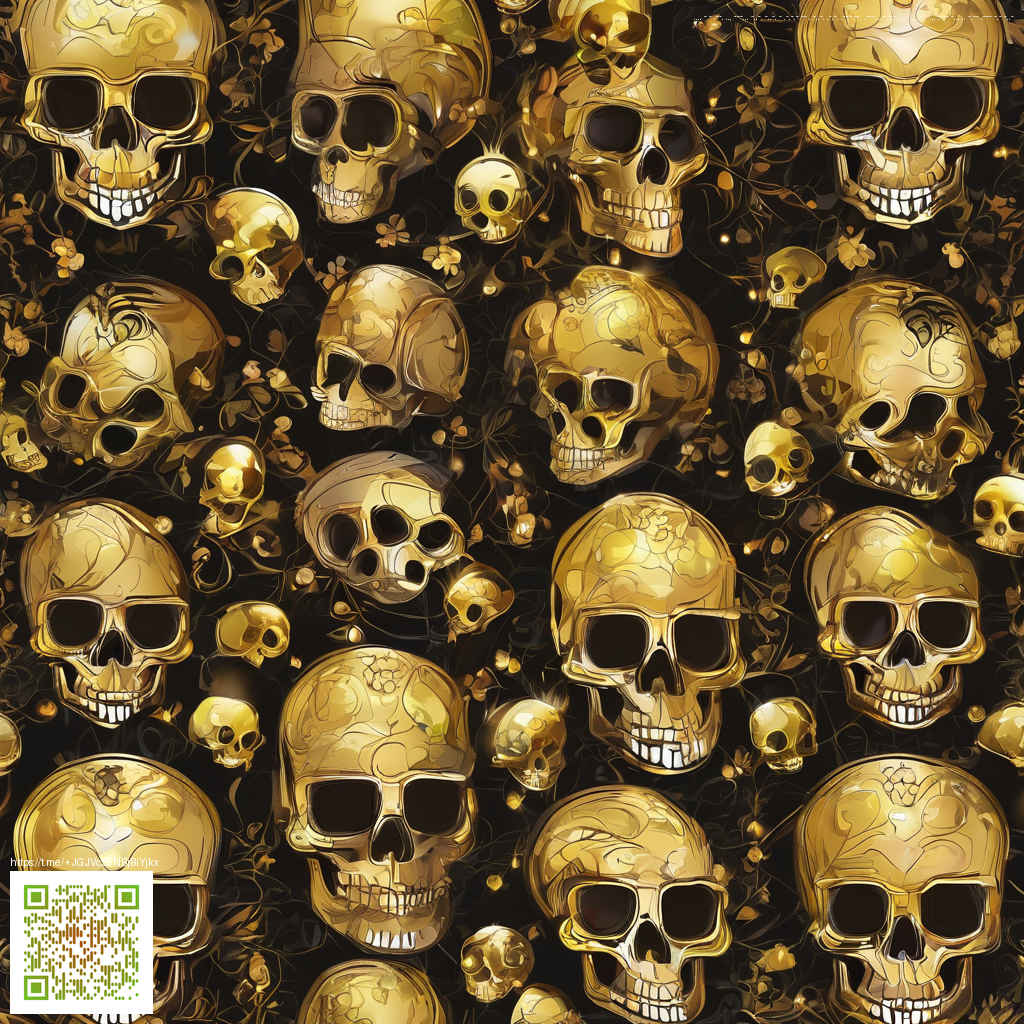
From Idea to Marble: A Practical Guide to Creating Marble Textures in Digital Art
Marble textures are timeless because they capture the play of light across irregular veining and subtle color shifts. In digital art, you can reproduce that organic complexity without relying on stock photos or tedious hand-painting. The goal is to hint at depth and motion, so viewers feel the stone’s cool weight without ever seeing a perfect, repetitive pattern. As you begin, think about how light travels across a real marble surface: brightest highlights, soft mid-tones, and the occasional sharp shadow where veins intersect. Translating that into your workflow sets a strong foundation for believable textures.
Choosing a Palette That Feels Natural
Start with a restrained base: a pale ivory or cool gray. Marble rarely stays flat in color; it breathes with subtle undertones. Introduce two or three hue shifts—perhaps a whisper of blue-gray and a touch of warm taupe—so the texture has depth without looking muddy. If your project leans toward fantasy or surreal lighting, you can push a tinted variant (bluish, greenish, or golden) but maintain the same limited palette to preserve realism. For those using a physical workspace, you might pair digital exploration with tactile feedback from a surface you trust; for example, the Non-slip Gaming Neon Mouse Pad Polyester Surface to keep your workflow steady as you blend tones and textures.
Veins: The Real Engine of Marble
Veins define marble more than base color does. They should look organic—curving, branching, and occasionally looping back on themselves. A few broad, irregular veins anchor the composition, while a network of finer lines adds complexity. Use a brush with variable opacity and flow to sketch the primary veins, then layer in secondary veins with a different color from your palette to create a sense of multi-sourced mineral deposits. Subtle jitter or liquify distortions help veins feel less mechanical and more geological.
“Marble textures succeed when asymmetry rules—light catches on unpredictable edges, and imperfections become features.”
To execute this digitally, consider a layered approach: a base texture, a vein layer, a secondary vein layer, and a micro-texture layer. Each layer should have its own blending mode and opacity range so intersections feel natural rather than pasted on. If you’re working in 3D software, you can bake this look into a displacement map or a roughness map to enhance realism when light interacts with your material.
The Step-by-Step Workflow You Can Try
- Set a soft gray base and apply a gentle, diffuse noise to break up uniform flatness.
- Paint broad veins with a large brush, focusing on sweeping curves that mimic natural mineral flow.
- Blur veins slightly to soften edges and create depth; avoid making edges too sharp, which can look artificial.
- Layer a second vein pass using a cooler or warmer tint for contrast, then blend with a light overlay or soft light mode.
- Introduce micro-texture with a speckle or grain layer at very low opacity to add tactile feel.
- Enhance highlights with delicate white strokes or dodge blurs where light would strike the surface most directly.
- Experiment with subtle color shifts in the mid-tones to simulate mineral composition without shifting the overall marble identity.
In practice, the order matters. Start with the broad tonal foundation, then progressively refine with veins, micro-texture, and highlight work. It’s the layering that creates a convincing marble surface. If you’re sharing the result as a seamless tile or material, keep the edges clean enough to repeat, but vary the vein distribution so repetition isn’t obvious.
Practical Uses and Creative Applications
Once you’ve mastered the core technique, marble textures are ready to populate product renders, UI surfaces, or digital paintings. They pair beautifully with metallics and glass, where the interplay of light and reflective surfaces elevates the perceived quality. If you’re building a library of textures for a game or a virtual environment, consider creating multiple variants—cool gray, warm ivory, and a tinted blue or green version—to cover different lighting scenarios. And remember: the texture itself is a starting point. In composition, it can be a backdrop, a panel, or a material overlay that unifies disparate elements with a shared tactile language.